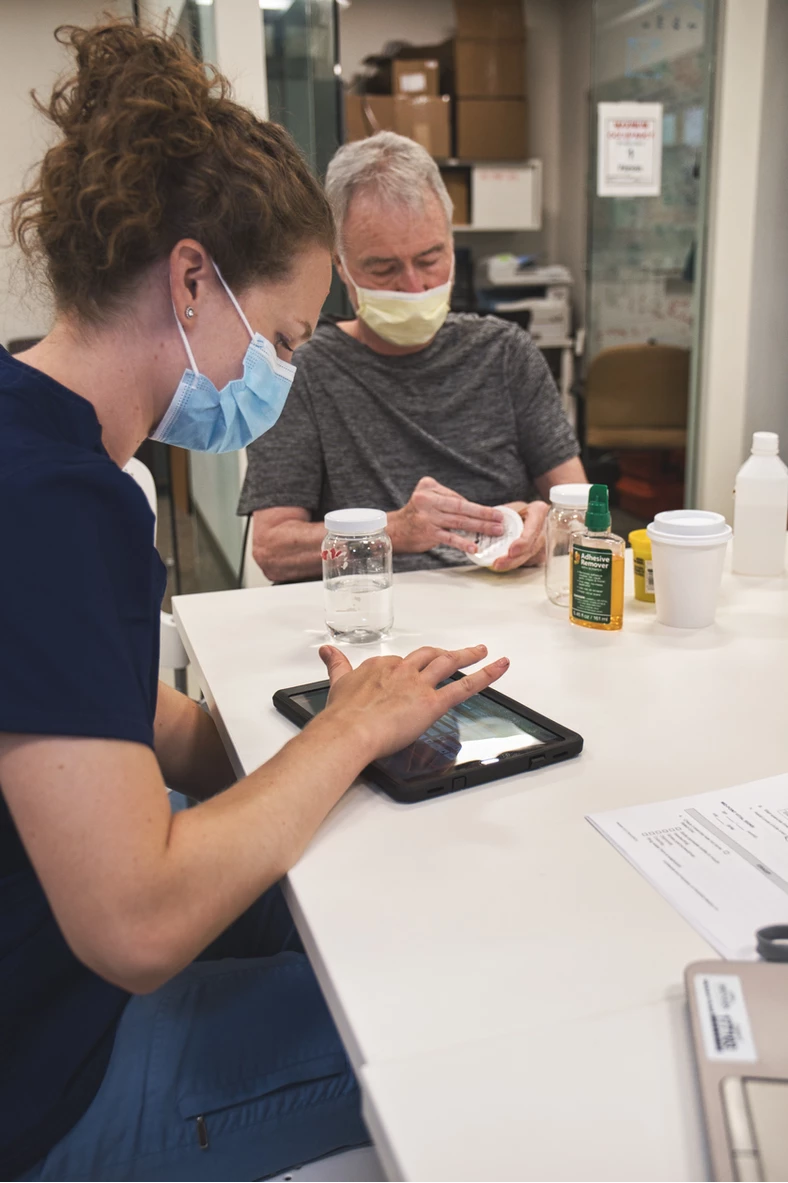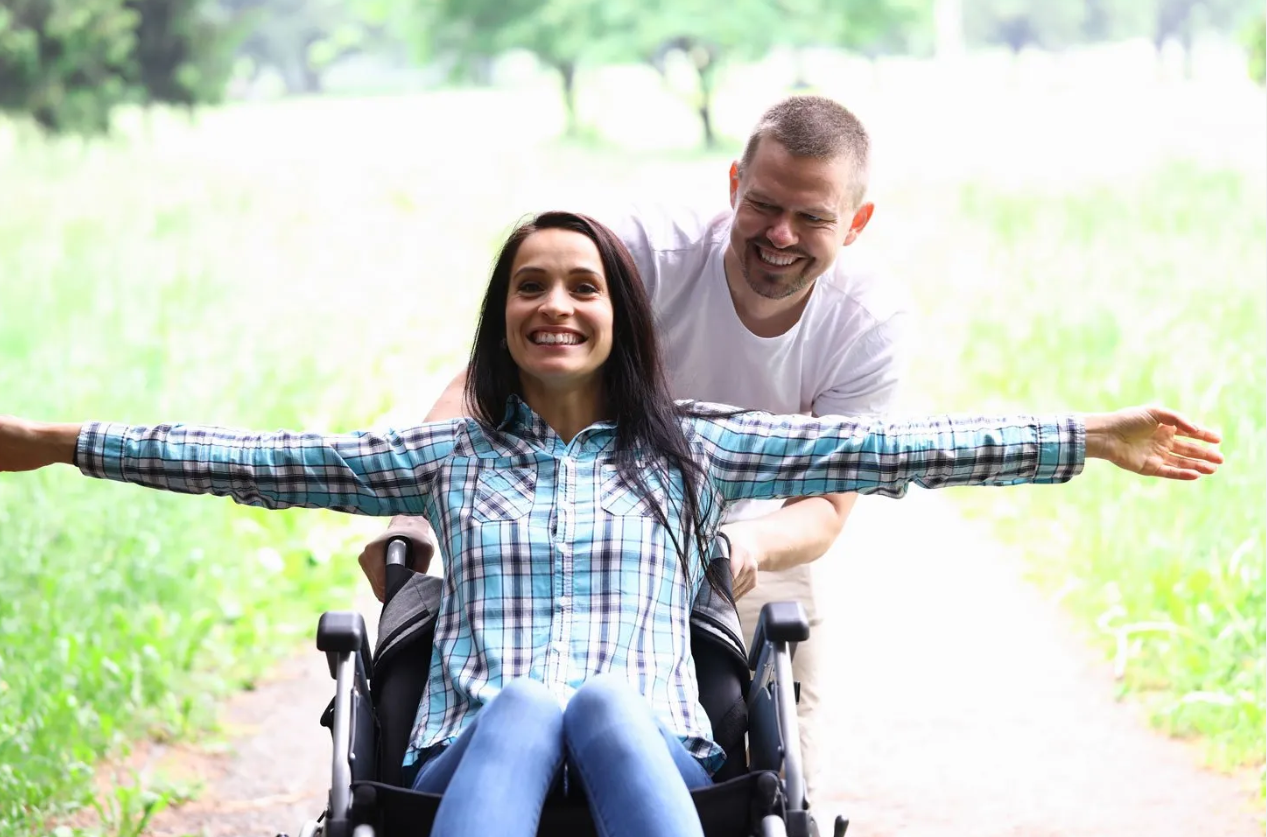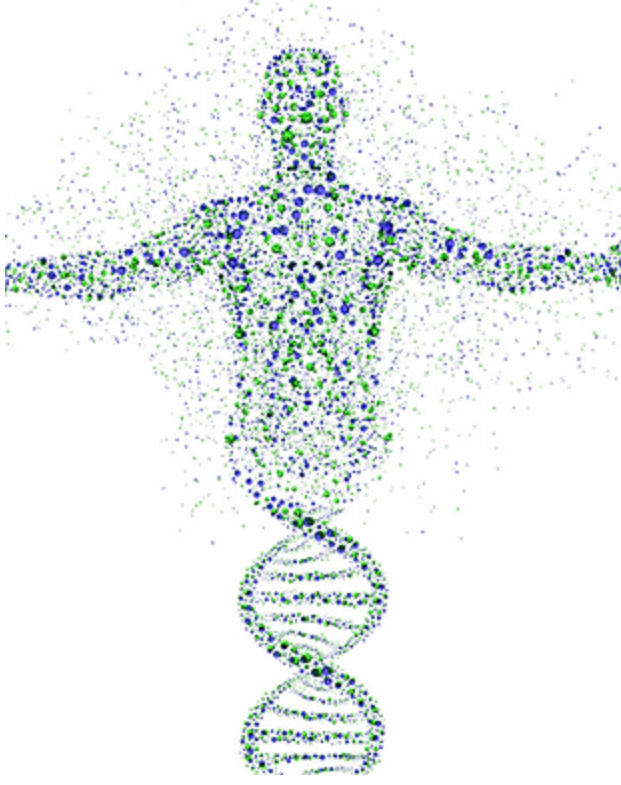
Our mission is to help people regain functional mobility after paralysis.
We are bridging the gap between breakthrough technologies and clinical applications that accelerate the return of independence and quality of life for people with spinal cord injury.
Take A Virtual Tour of Our Lab
Into The Tech: INSPIRE Lab at Spaulding

Current Studies
Take a look below at the studies we have right now. Press the contact button at the bottom of this page to reach out to us.
Combination Therapy to Improve Walking Recovery after SCI (BO2ST)

Can the combination of low oxygen therapy and transcutaneous spinal stimulation enhance walking recovery after SCI?
Learn MoreASPIRE - Clinical Study for Upper Limb Paralysis due to Spinal Cord Injury

Is non-invasive electrical stimulation with training helpful for recovering upper extremity function with training after SCI?
Learn MoreCombinatorial Treatment of Acute Intermittent Hypoxia and Transcutaneous Electrical Spinal Cord Stimulation to Improve Hand Function in People with Cervical SCI

Is AIH and non-invasive electrical stimulation with training helpful for recovering upper extremity function with training after SCI?
Learn MoreSpinal Cord Injury (SCI) Biorepository

Can your genome be used to target medications and therapies after SCI?
Learn MoreFeatured Publications
Daily acute intermittent hypoxia combined with walking practice enhances walking performance but not intralimb motor coordination in persons with chronic incomplete spinal cord injury
Persons living with incomplete spinal cord injuries (SCI) often struggle to regain independent walking due to deficits in walking mechanics. They often dedicate many weeks of gait training before benefits to emerge, with additional training needed for benefits to persist. Recent studies in humans with SCI found that daily bouts of breathing low oxygen (acute intermittent hypoxia, AIH) prior to locomotor training elicited persistent (weeks) improvement in overground walking speed and endurance. AIH-induced improvements in overground walking may result from changes in control strategies that also enhance intralimb coordination; however, this possibility remains untested. Here, we examined the extent to which daily AIH combined with walking practice (AIH + WALK) improved overground walking performance and intralimb motor coordination in persons with chronic, incomplete SCI.
Read MoreDaily acute intermittent hypoxia to improve walking function in persons with subacute spinal cord injury: a randomized clinical trial study protocol
Restoring community walking remains a highly valued goal for persons recovering from traumatic incomplete spinal cord injury (SCI). Recently, studies report that brief episodes of low-oxygen breathing (acute intermittent hypoxia, AIH) may serve as an effective plasticity-inducing primer that enhances the effects of walking therapy in persons with chronic (> 1 year) SCI. More persistent walking recovery may occur following repetitive (weeks) AIH treatment involving persons with more acute SCI, but this possibility remains unknown. Here we present our clinical trial protocol, designed to examine the distinct influences of repetitive AIH, with and without walking practice, on walking recovery in persons with sub-acute SCI (< 12 months) SCI. Our overarching hypothesis is that daily exposure (10 sessions, 2 weeks) to AIH will enhance walking recovery in ambulatory and non-ambulatory persons with subacute (< 12 months) SCI, presumably by harnessing endogenous mechanisms of plasticity that occur soon after injury.
Read More